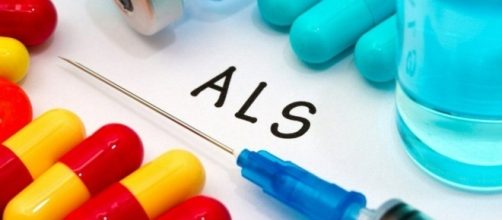The Food and Drug Administration recently announced that it had cleared a new drug for the treatment of amyotrophic lateral sclerosis or ALS. The drug, Radicava, is the first medication for ALS to be approved by the FDA in over 22 years. Until now, riluzole was the only ALS drug available in the market -- it was approved in 1995.
What is ALS?
ALS is a neuro-degenerative disorder that is commonly referred to as Lou Gehrig’s disease. People with this disorder slowly and gradually lose control of muscles and may even suffer from paralysis. Further progression of the disease leads to death.
The new drug for ALS patients
Radicava, also known as edaravone, was first tested on a group of people with ALS in Japan. The participants of the study were divided into two groups – one group received radicava, while the other group received a placebo.
Scientists discovered that those receiving radicava indicated lesser decline of normal body functioning than those receiving the placebo.
In fact, it was revealed that the medication lessened the decline of body functions by nearly 33 percent. These promising results prompted the FDA to test it out further and then finally approve it.
The drug is administered intravenously in 28-day cycles and it has been revealed that each infusion would cost around $1,000.
This indicates that per year of treatment for patients on radicava would be around $150,000. MT Pharma, who are the makers of this drug, assured that it would allow co-pay support for insured patients and will even chalk-up a plan for uninsured people in need of the drug. Radicava will be available in the country from August, 2017.
ALS: How widespread is it?
The Centers for Disease Control and Prevention estimates that there are around 12,000 to 15,000 people in the United States who suffer from Lou Gehrig’s. The disease almost always crops up between the ages of 55 and 75. Life expectancy is limited to about two to five years after the symptoms first appear.
The disease is more common in men than in women and scientists have been unable to determine exactly what causes the disorder.
Roughly 5 to 10 percent of all ALS cases take place within families and all patients who get the disease hereditarily only live about one to two years after symptoms appear.
Recent campaigns such as the ALS “Ice Bucket Challenge” resulted in $115 million in donations to the ALS Association in a matter of two months. These donations helped fuel new research for the disease and its causes. Such campaigns, along with new medications, may go a long way to ensure better treatment and awareness of the disease.


